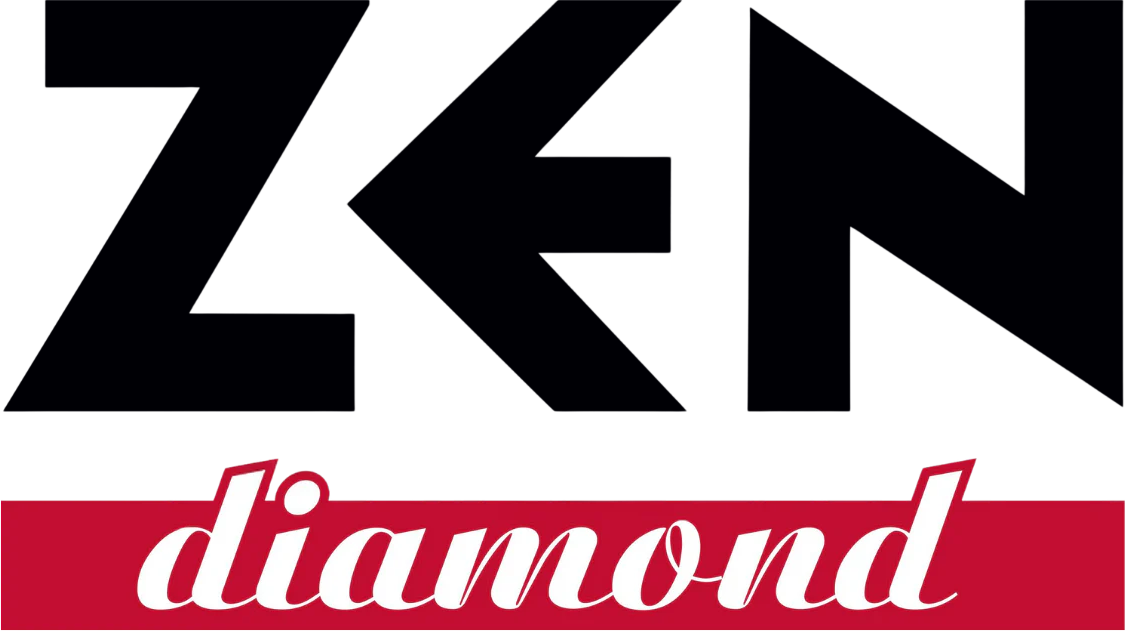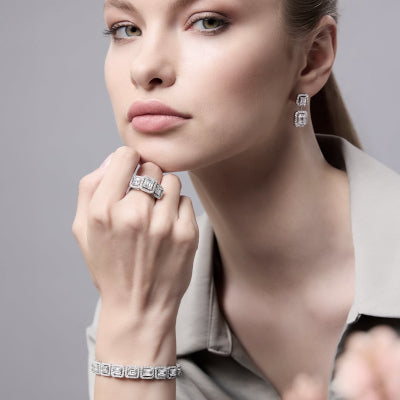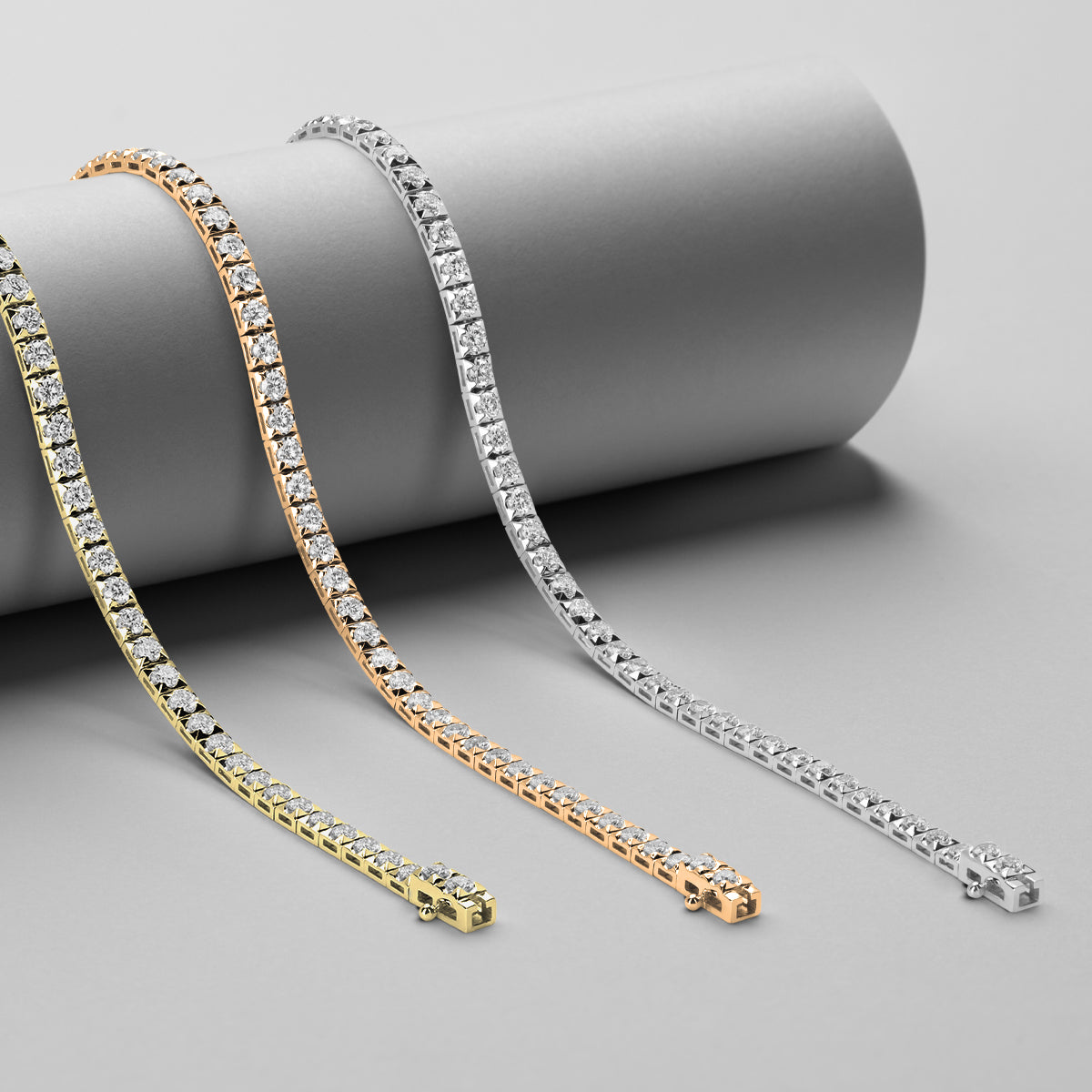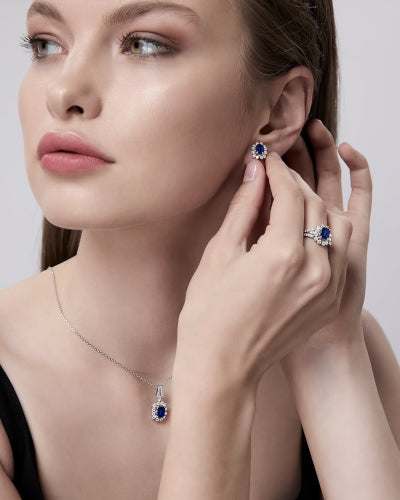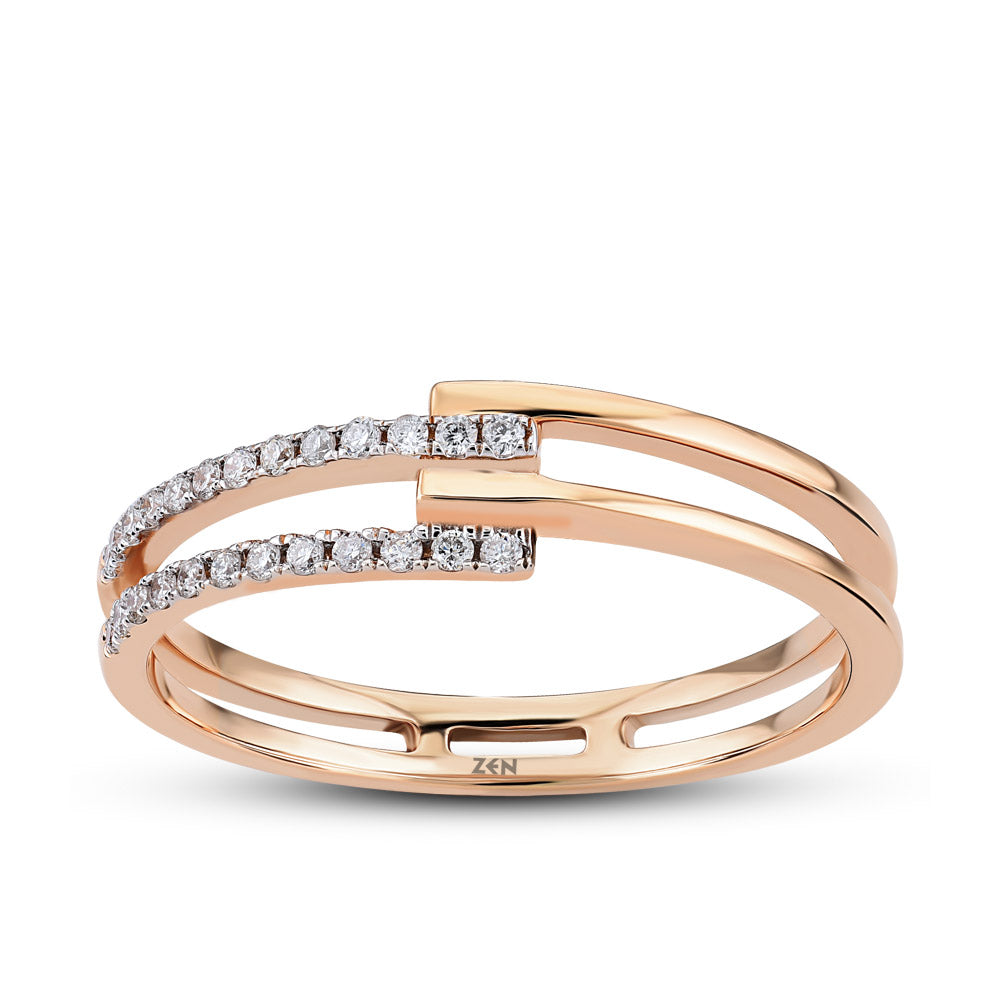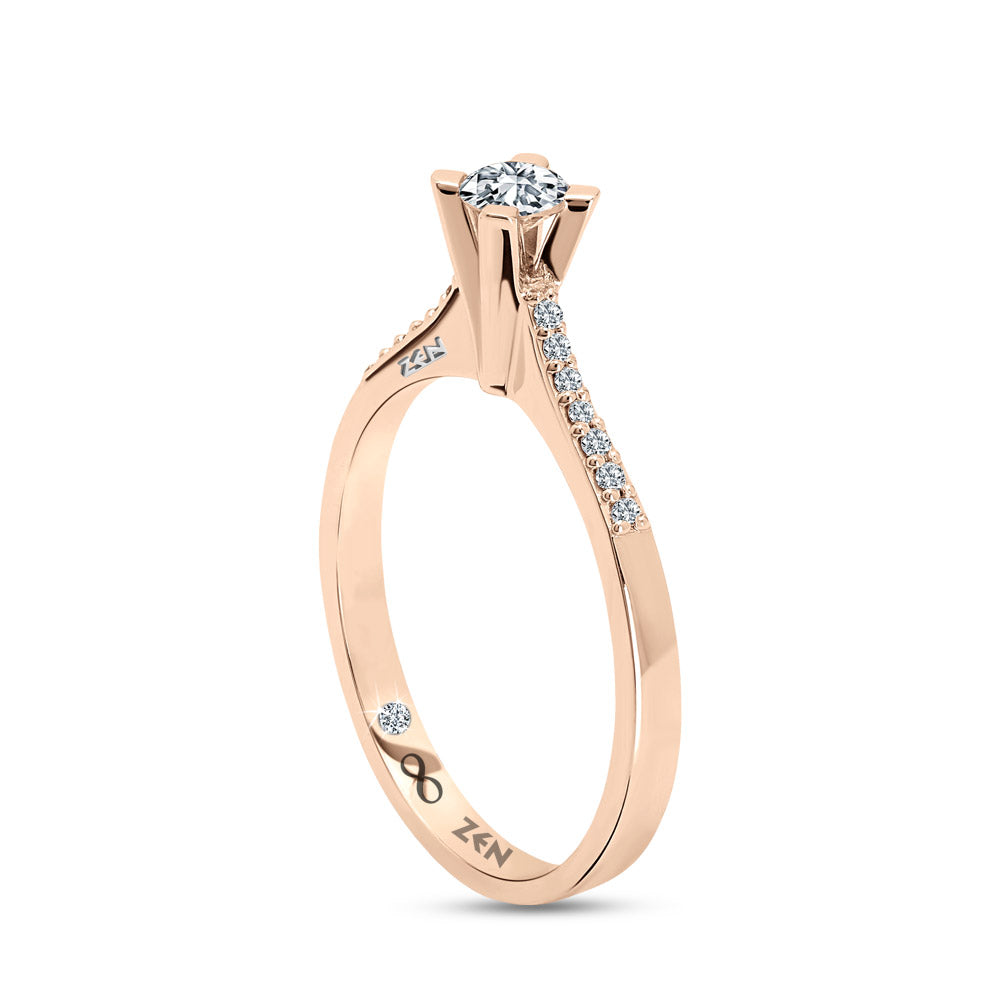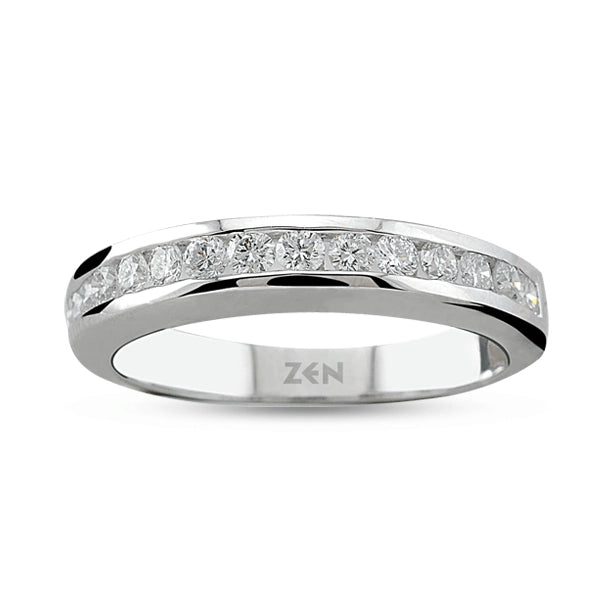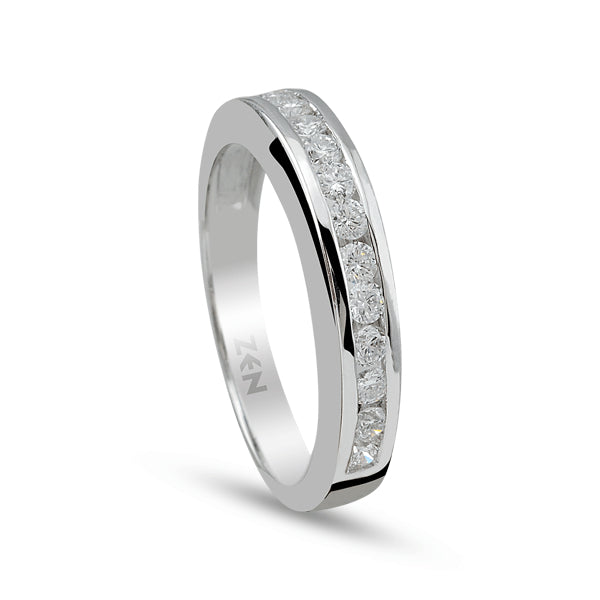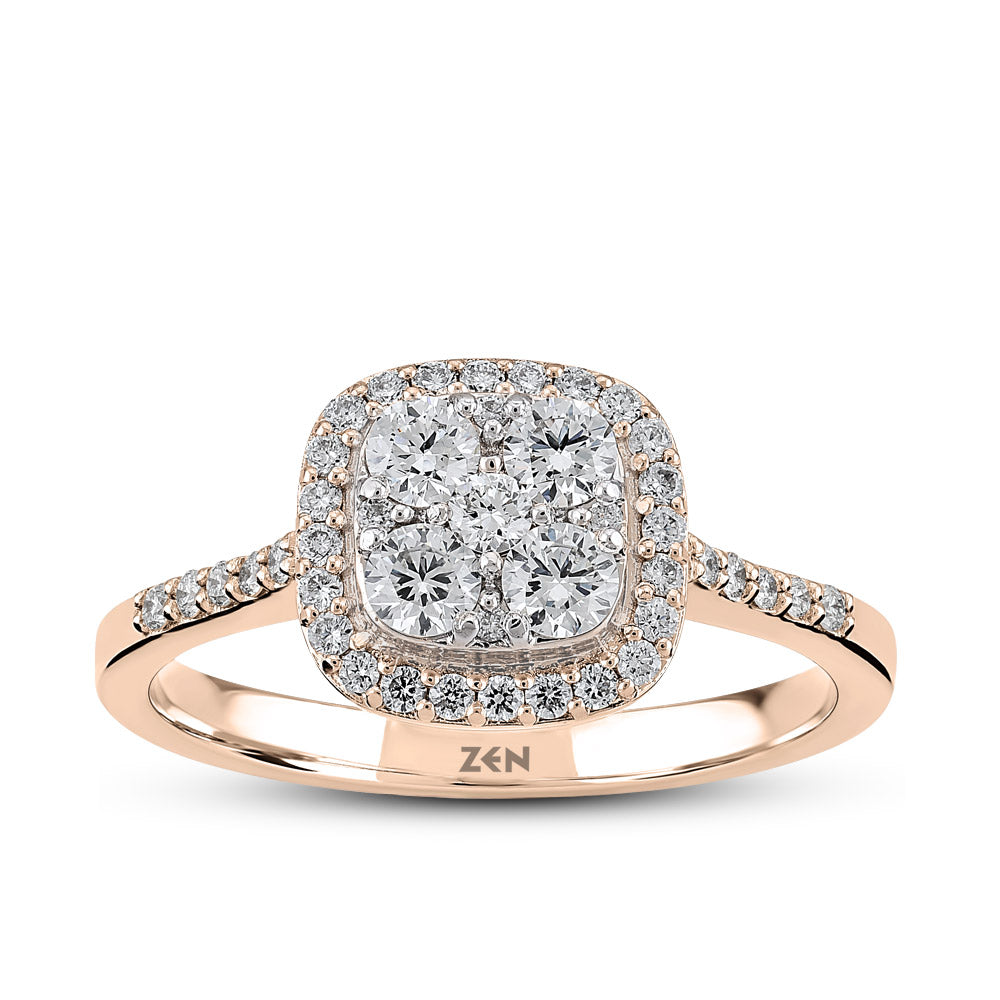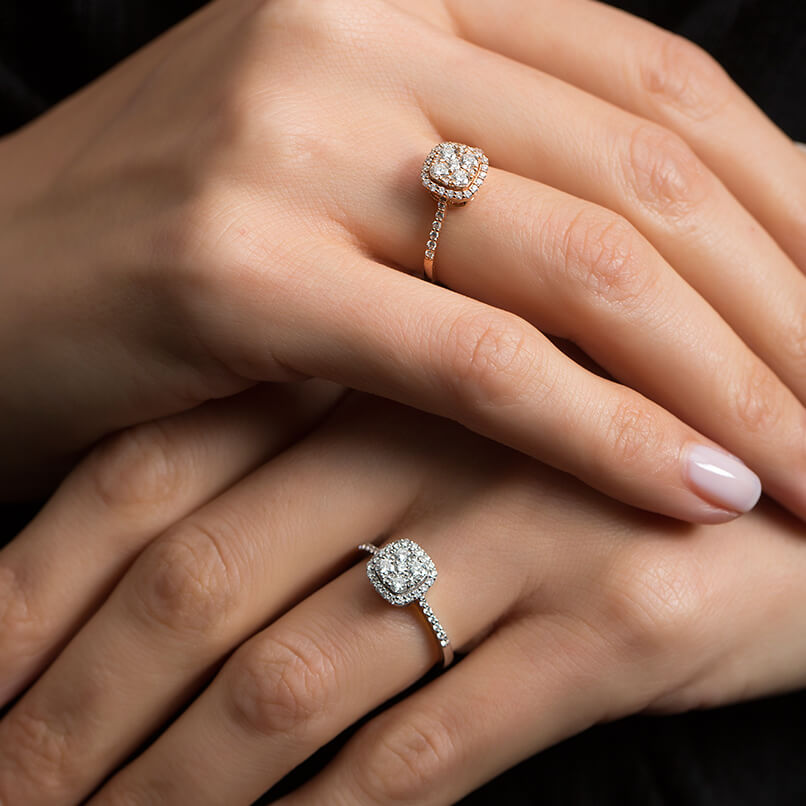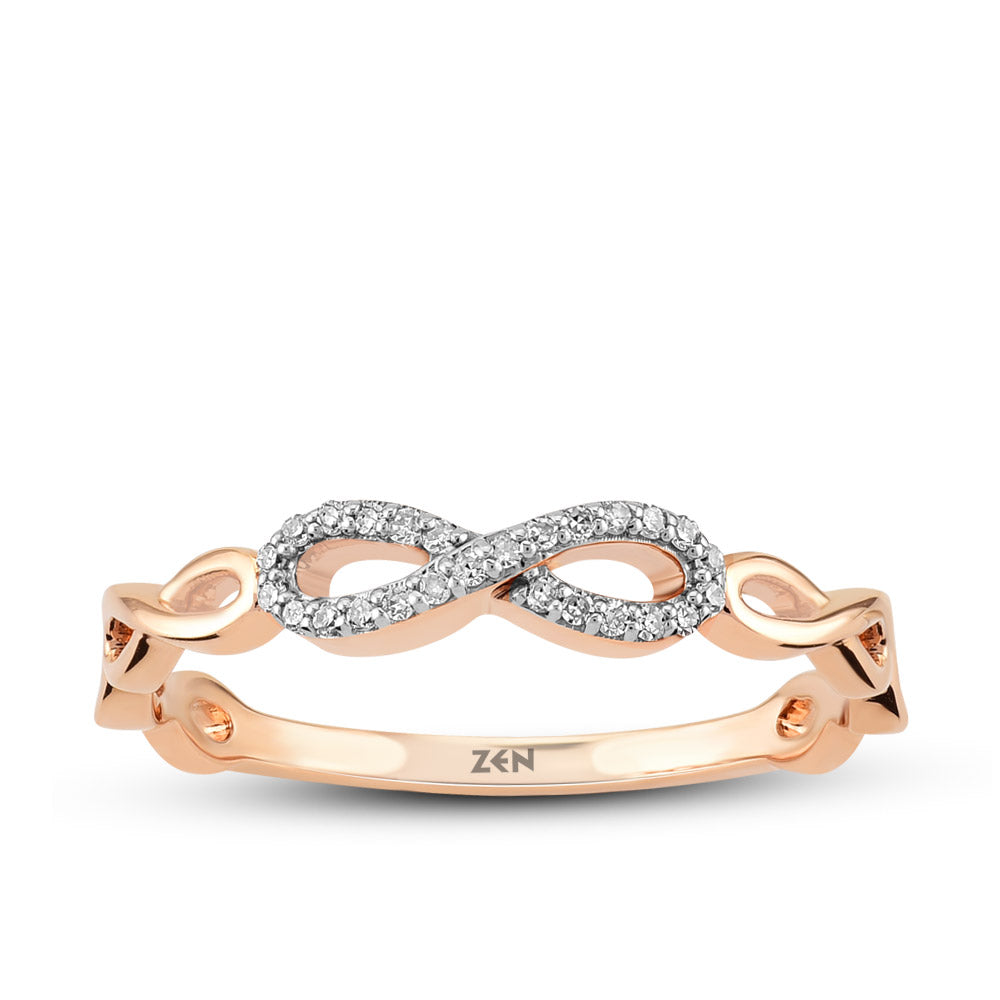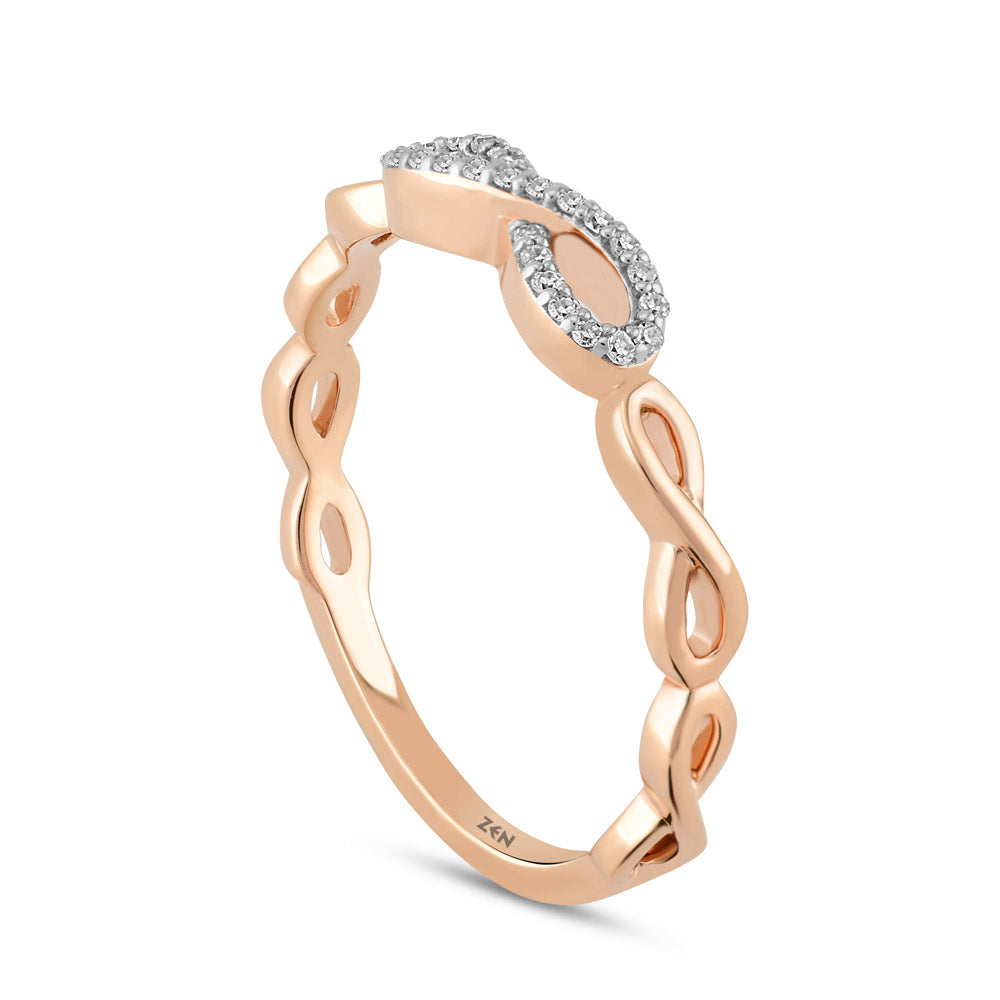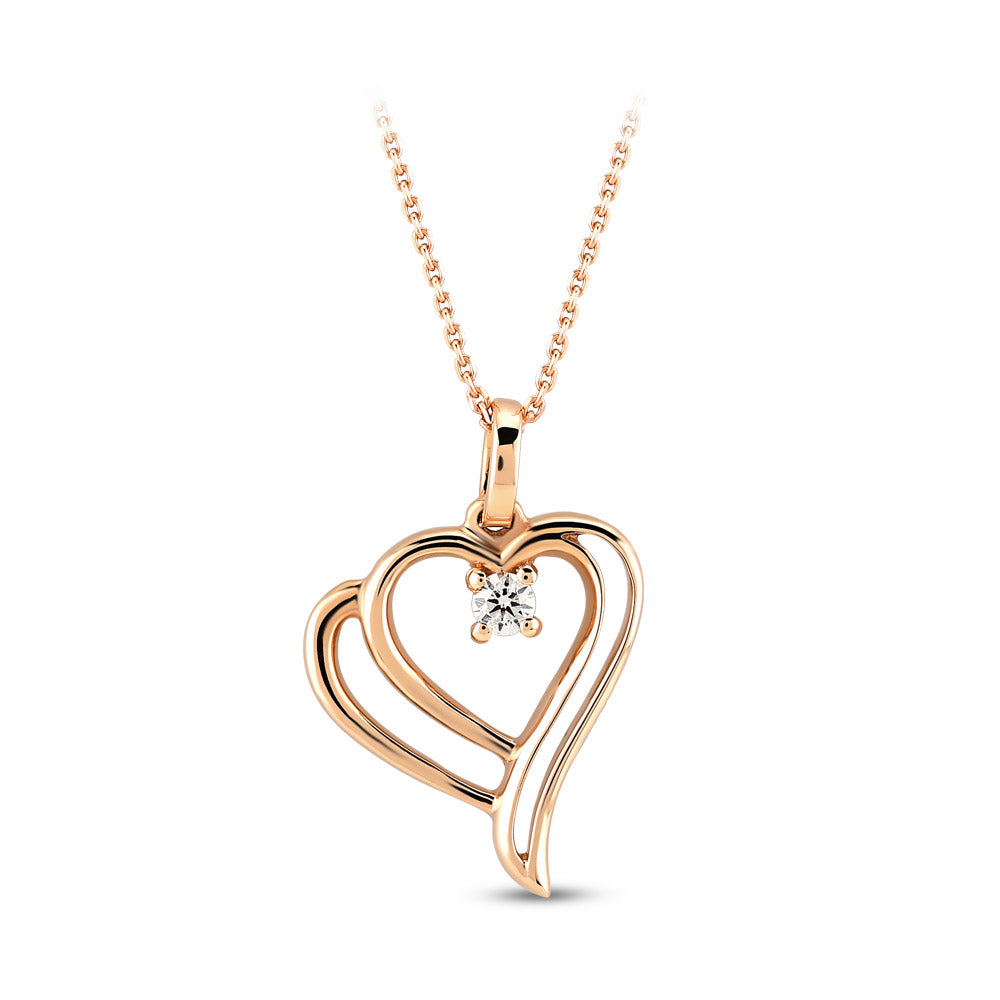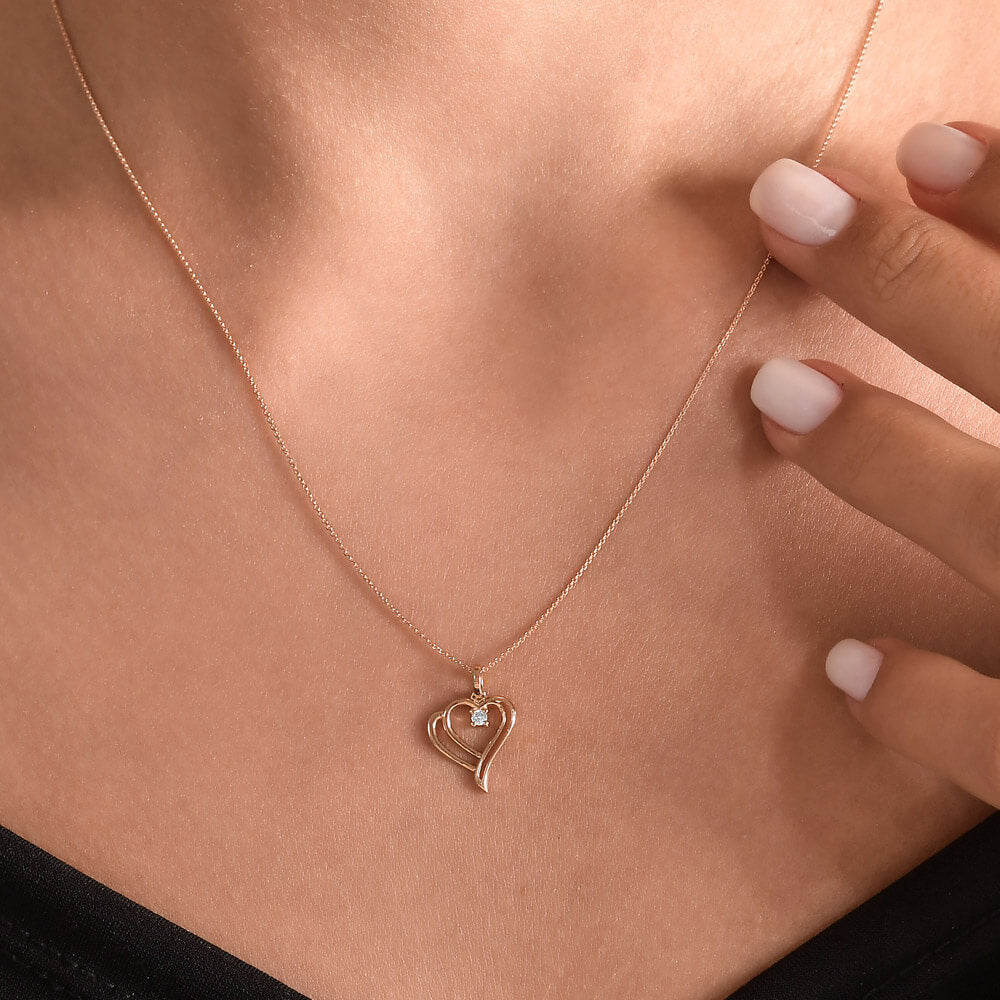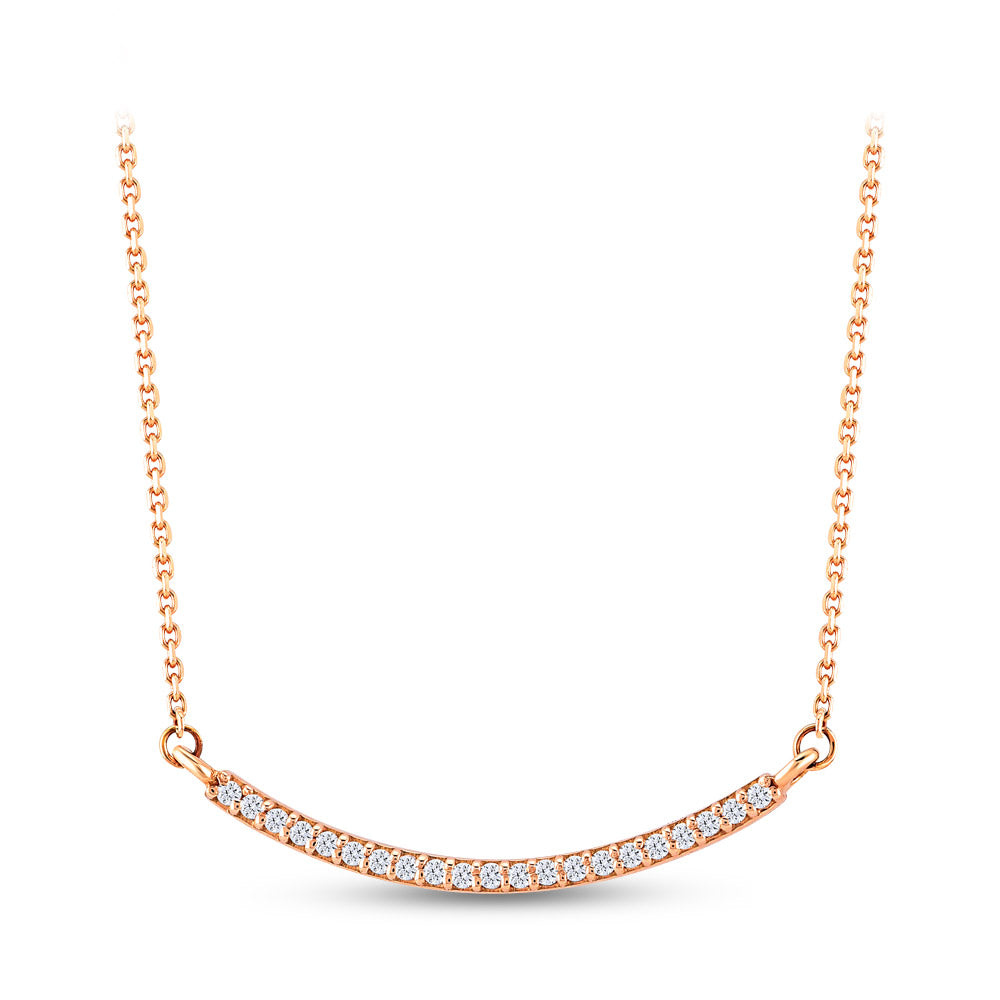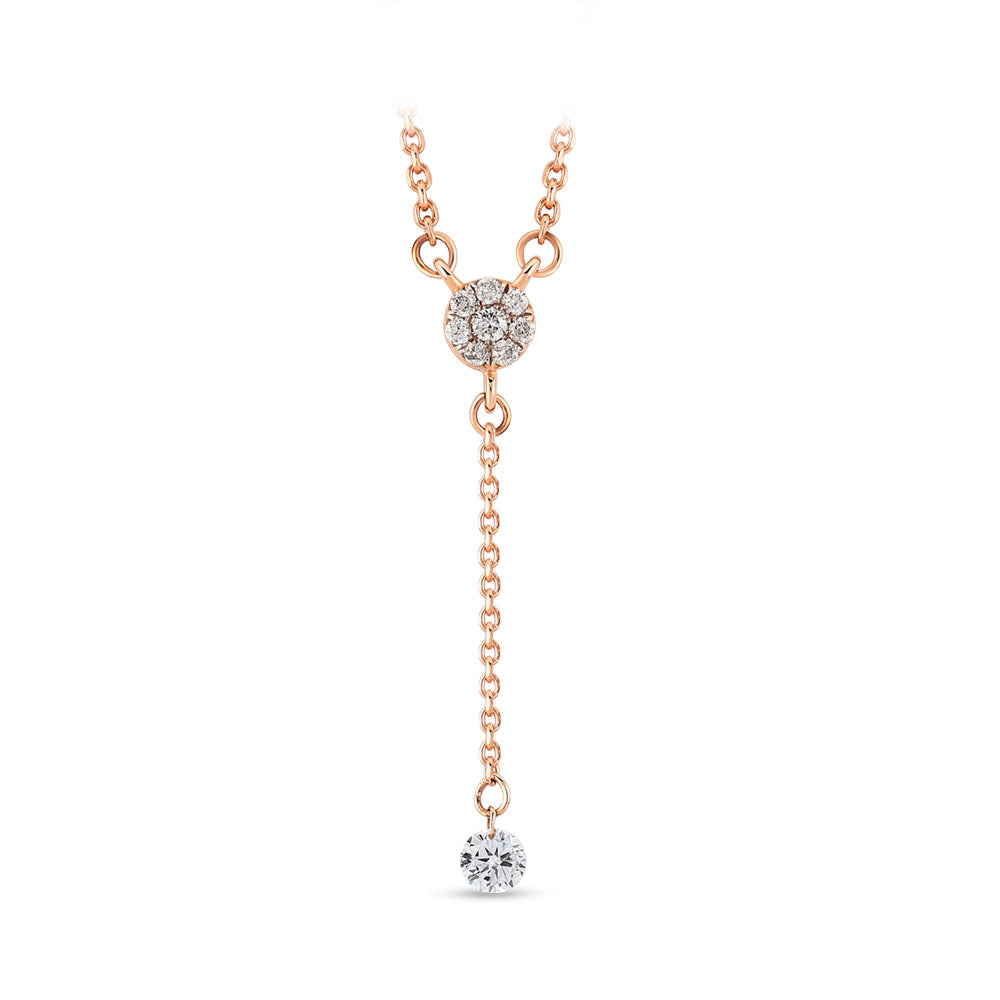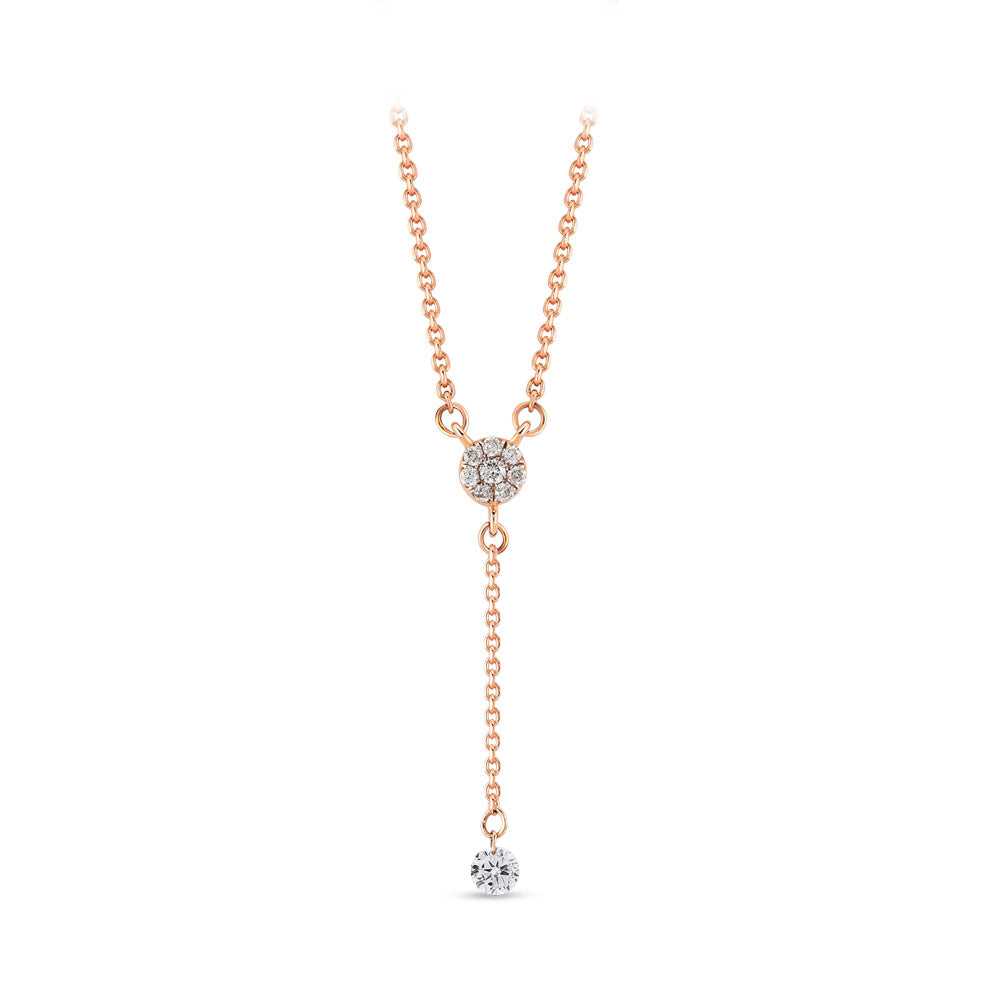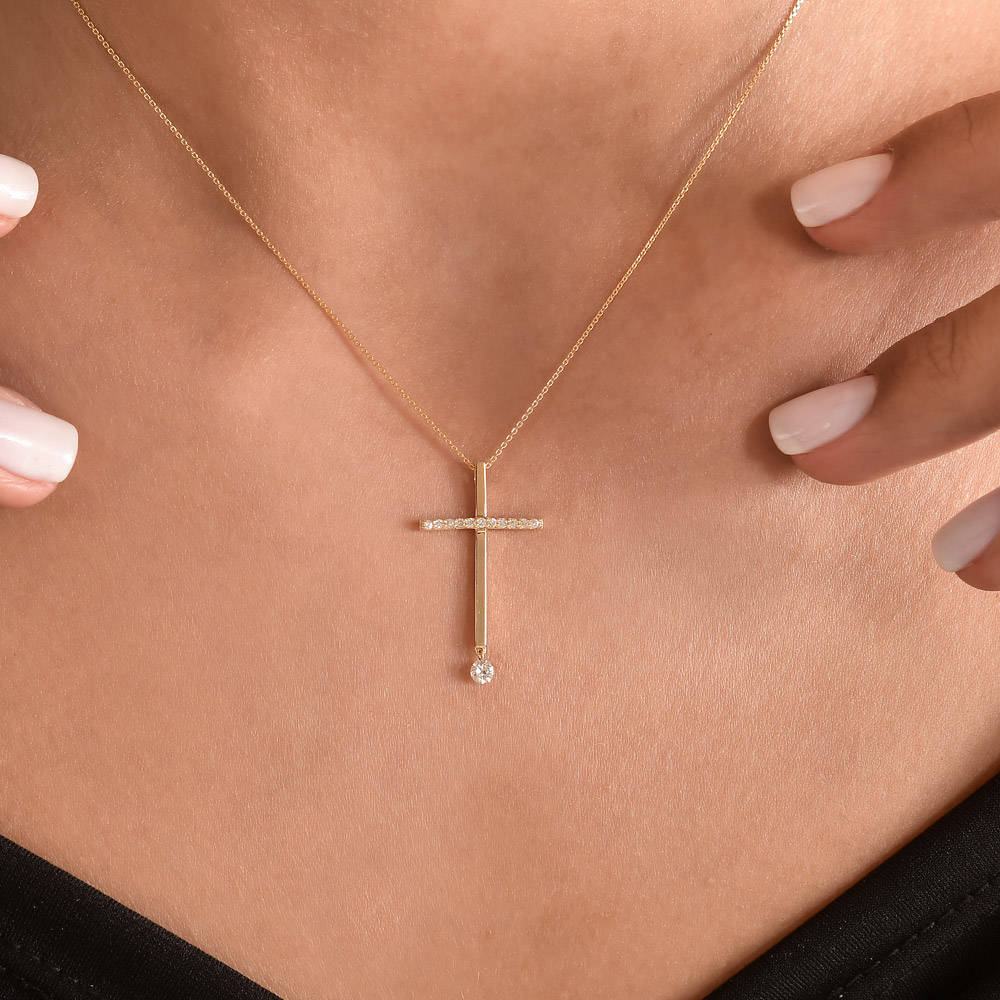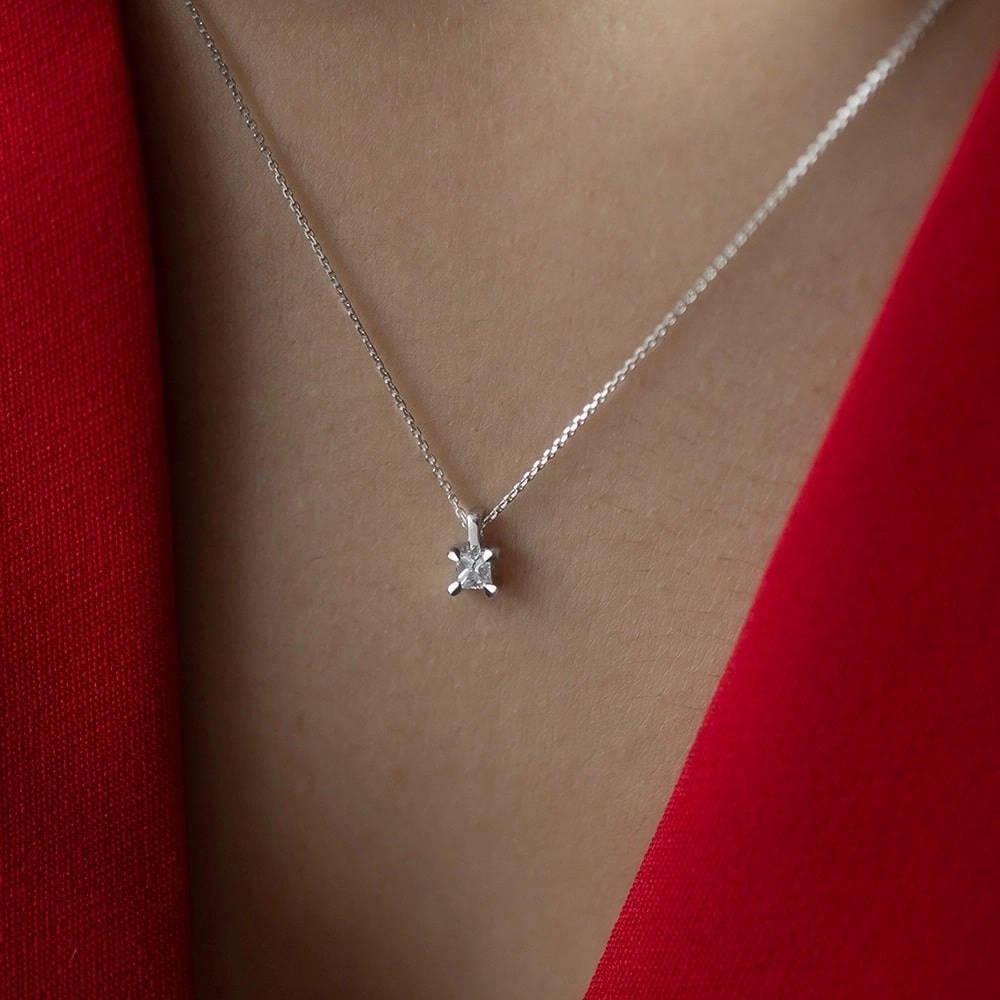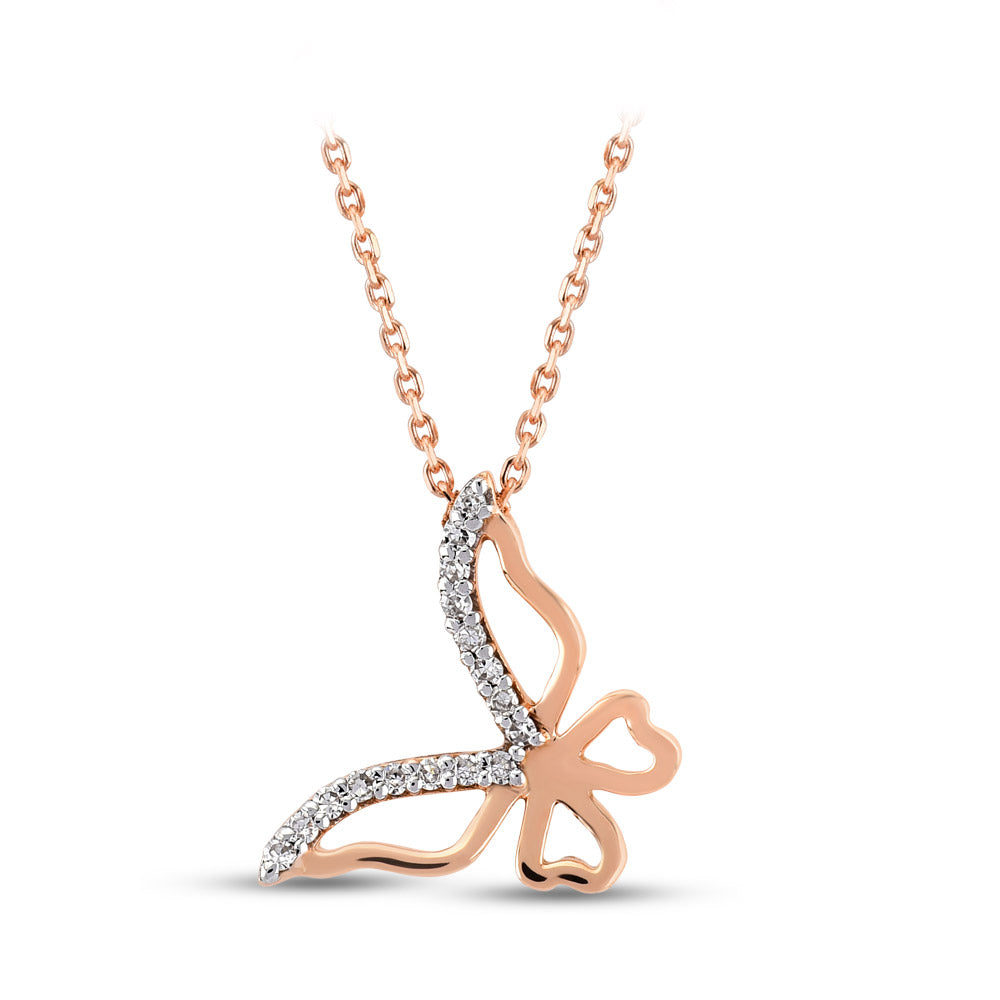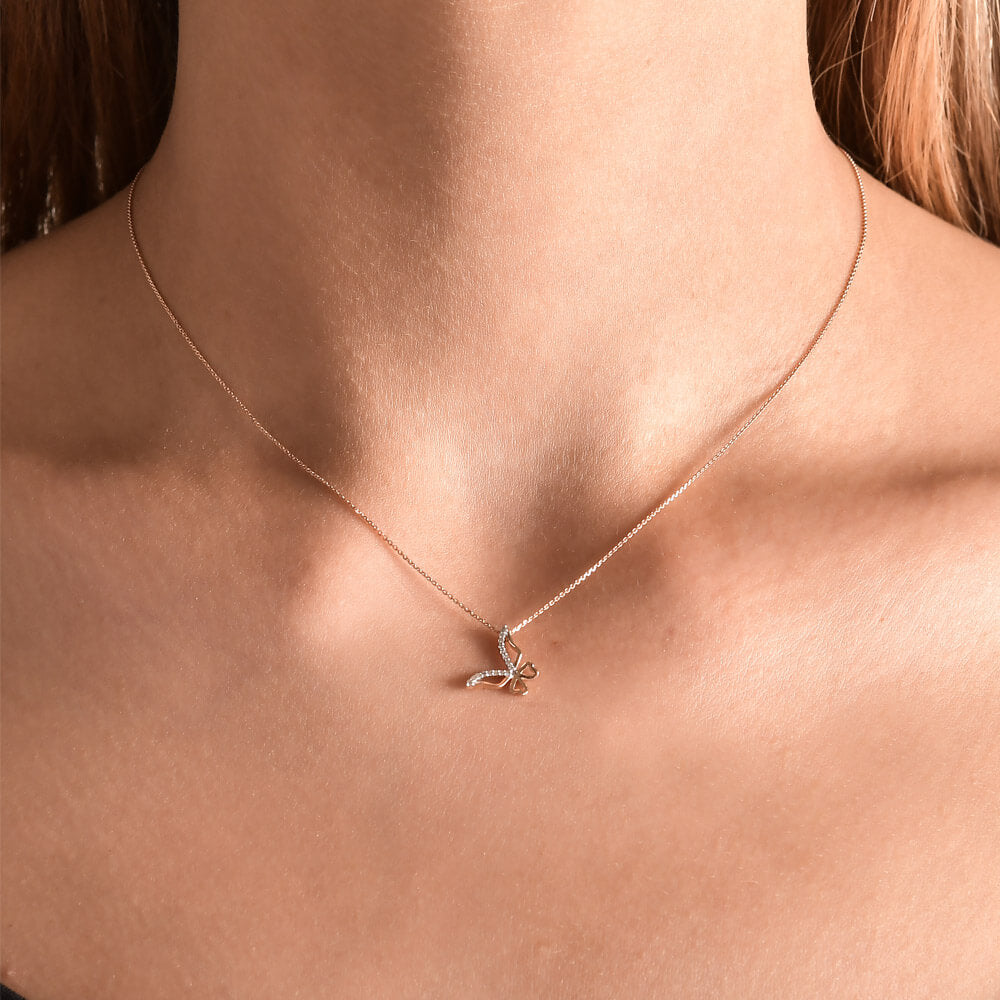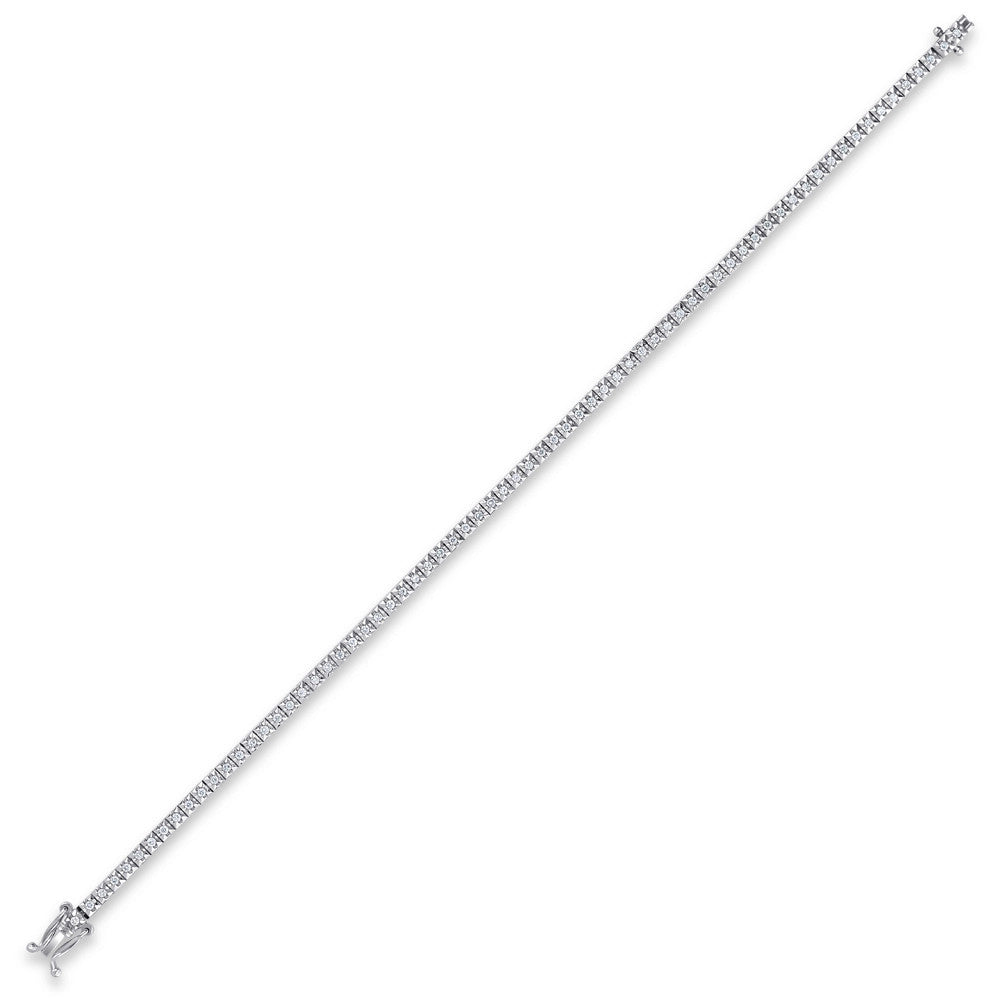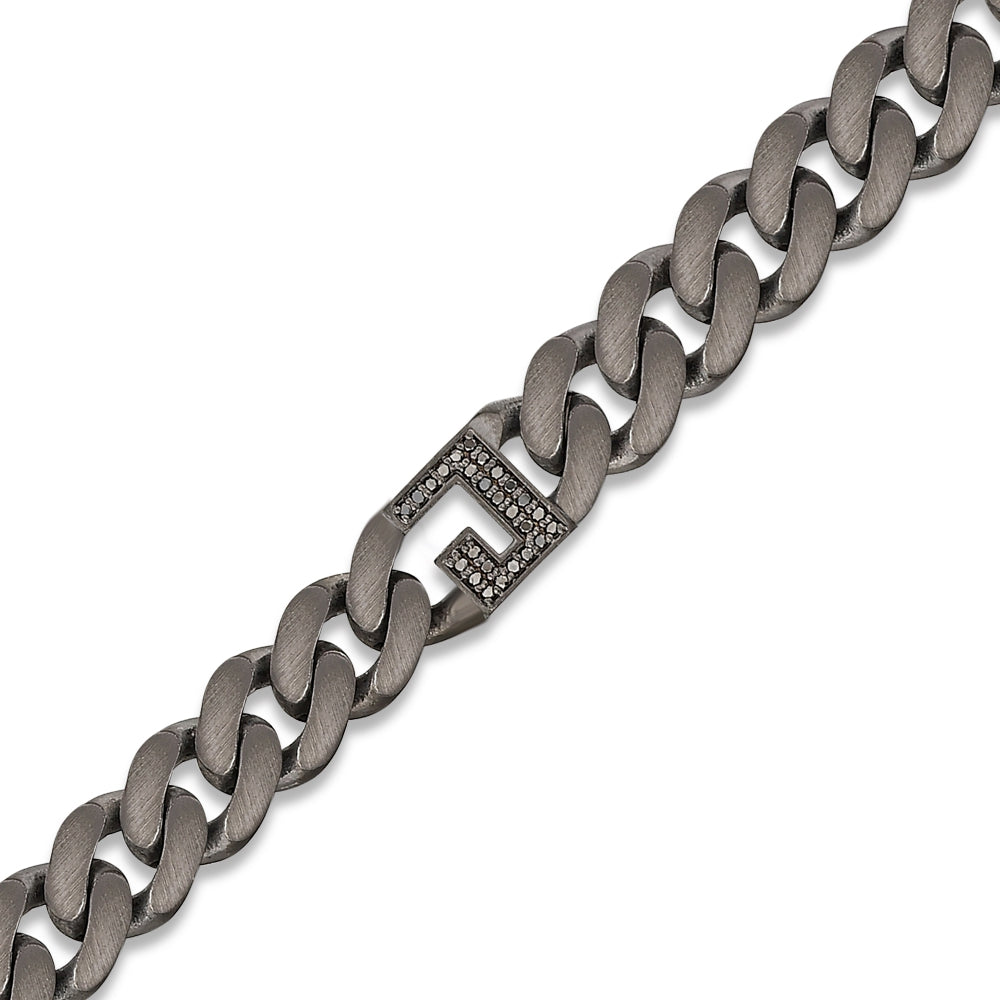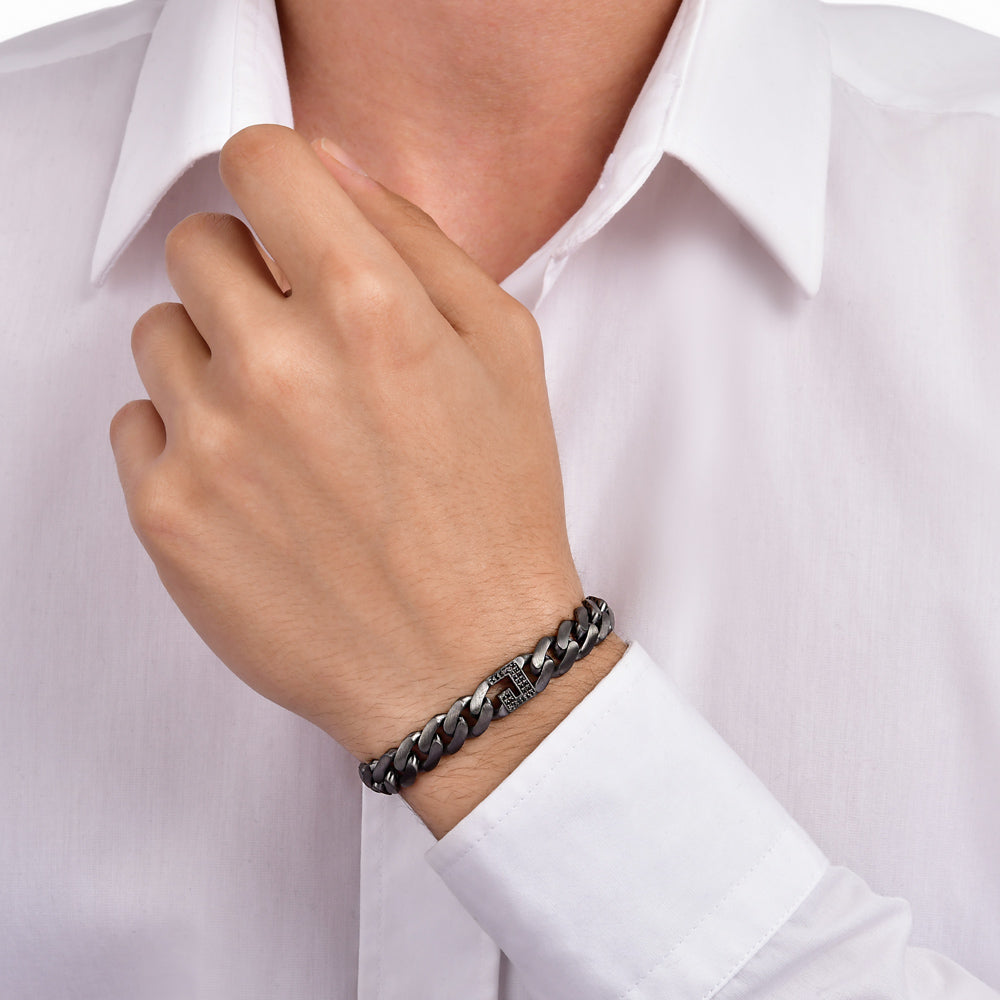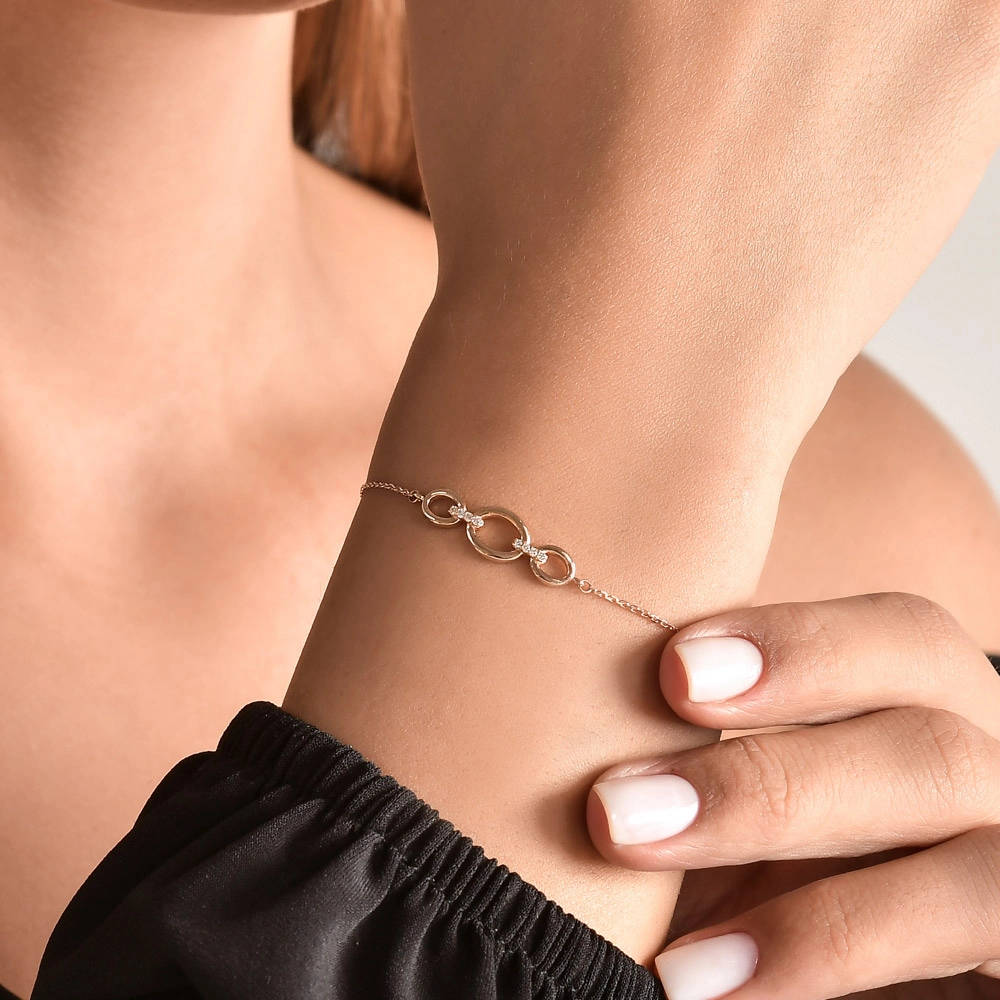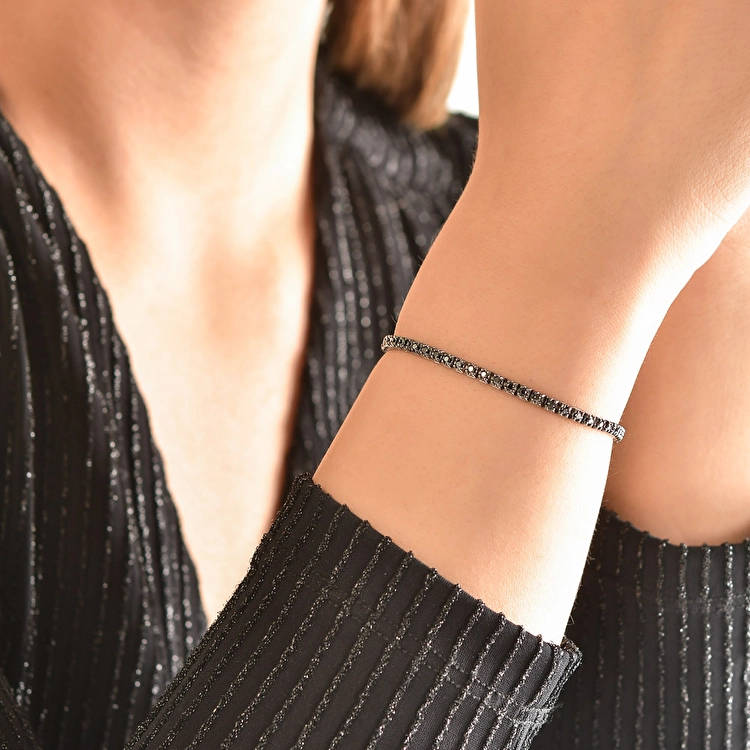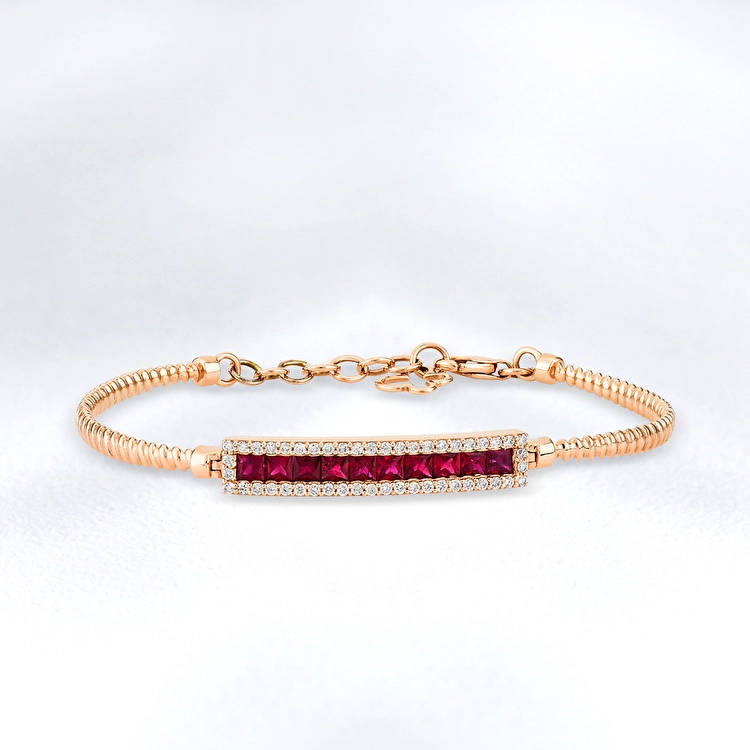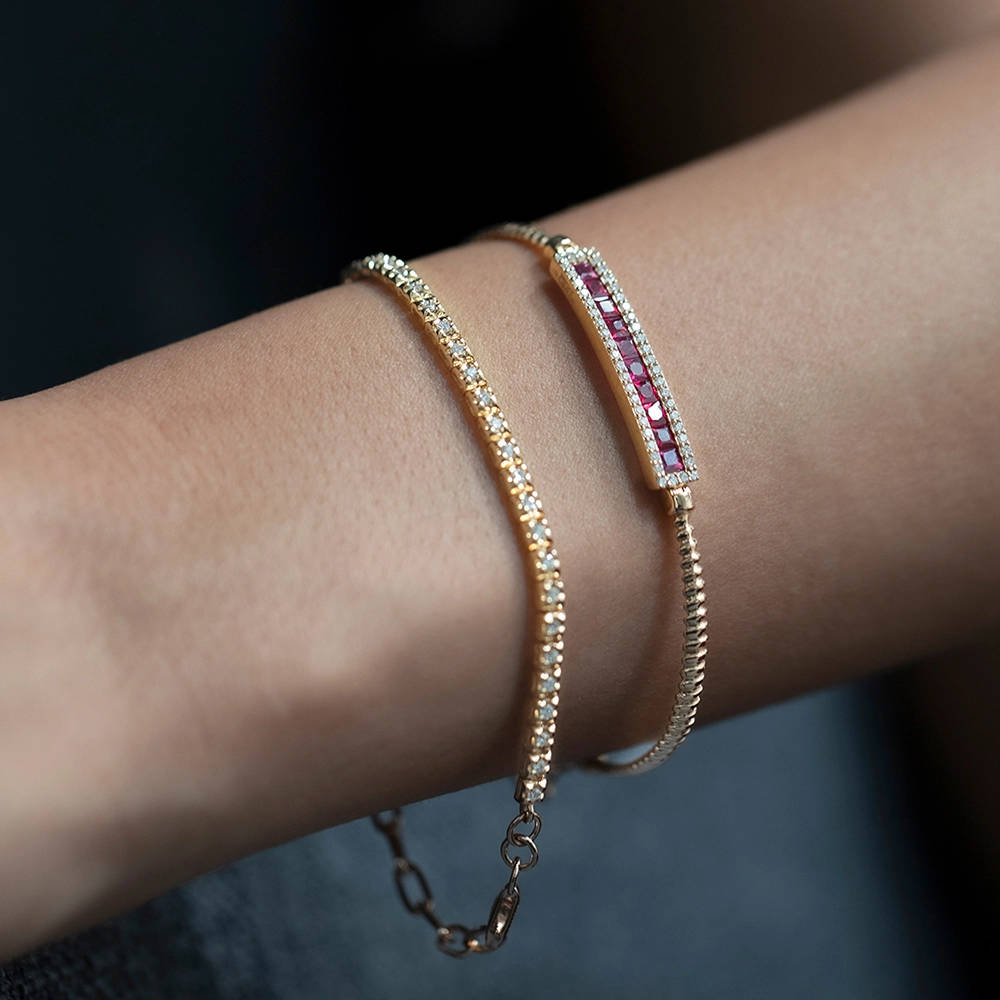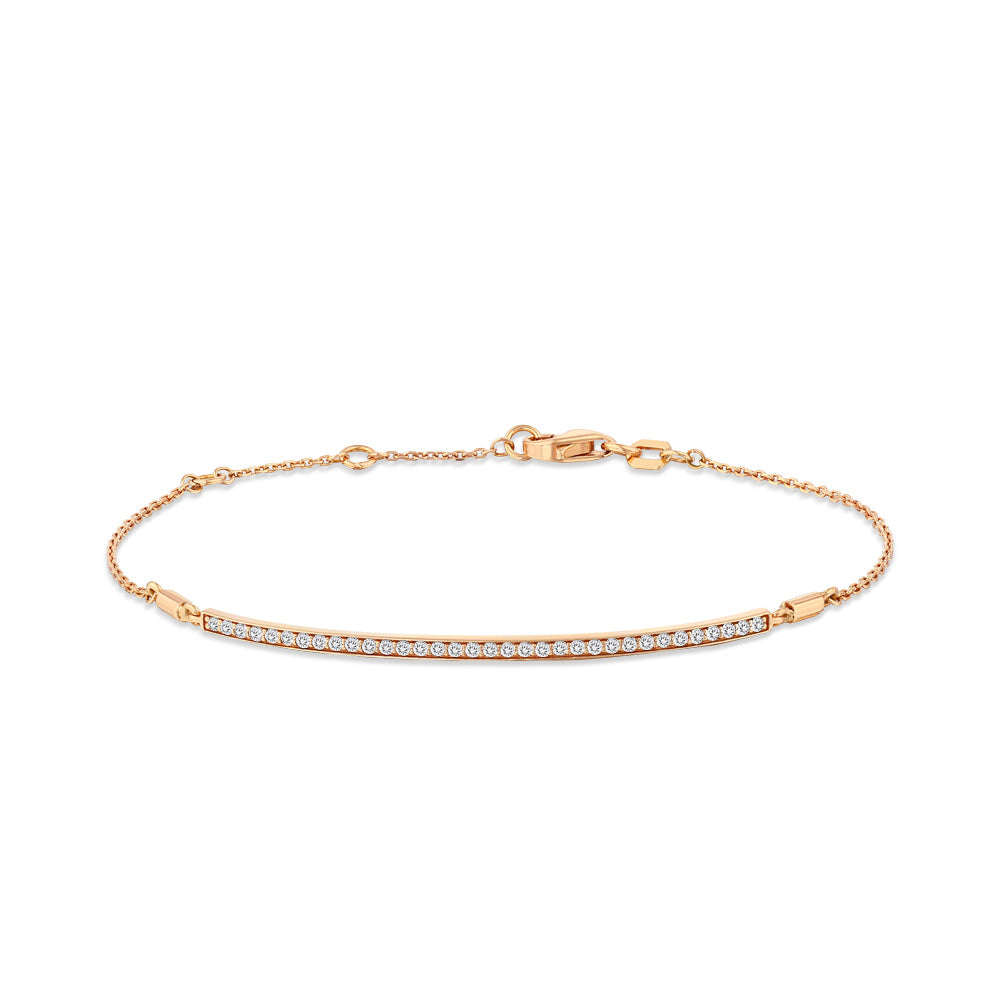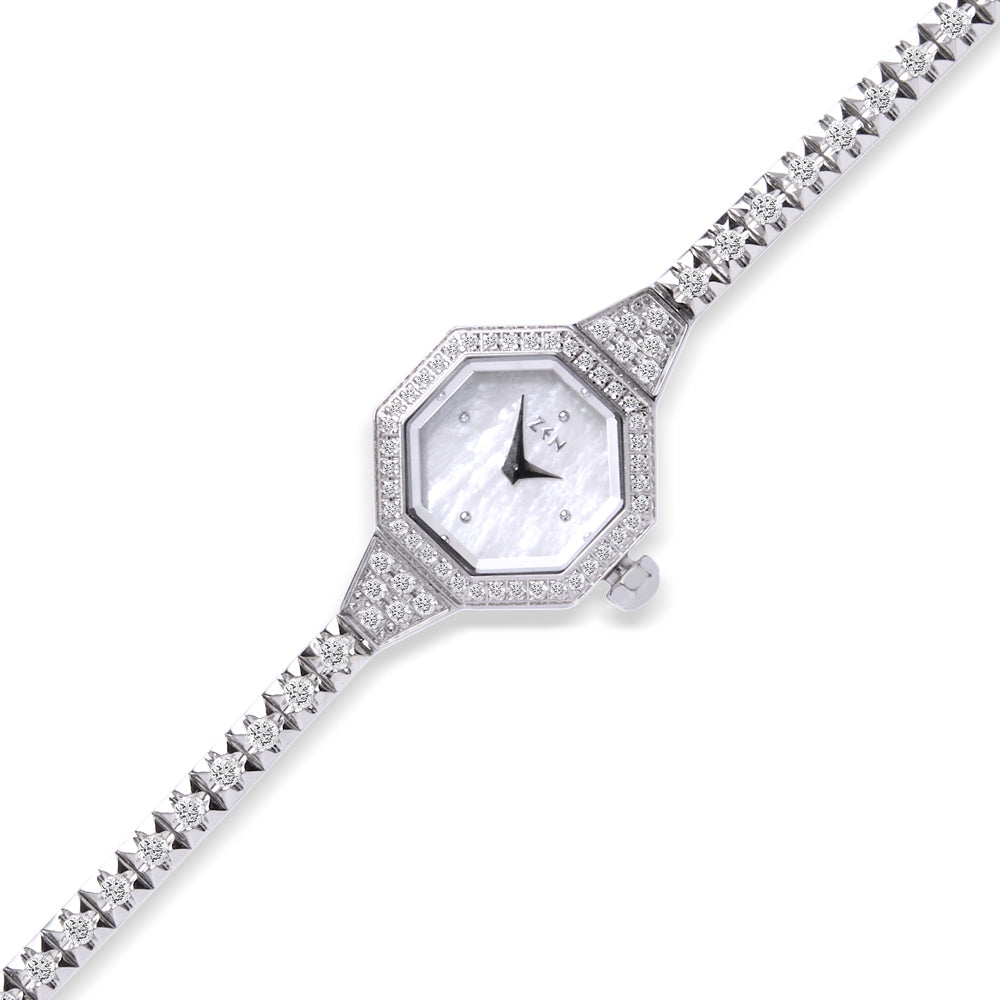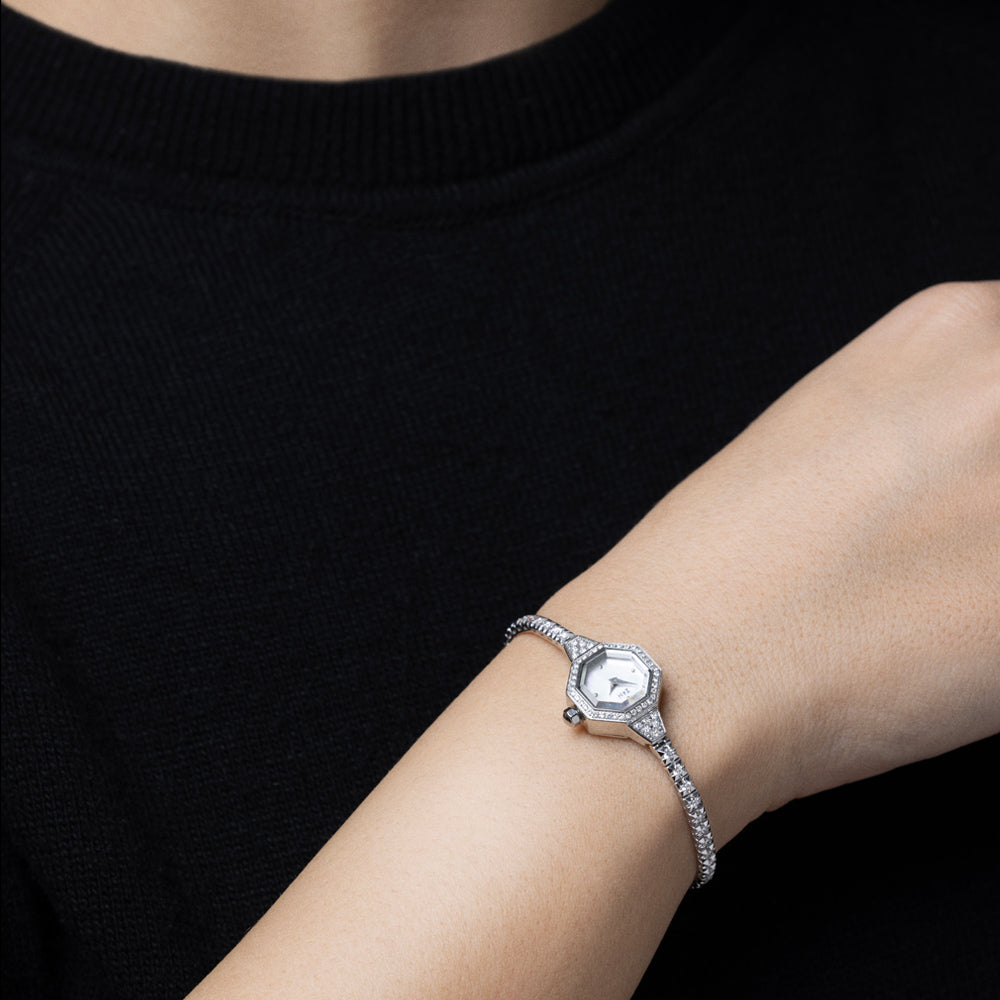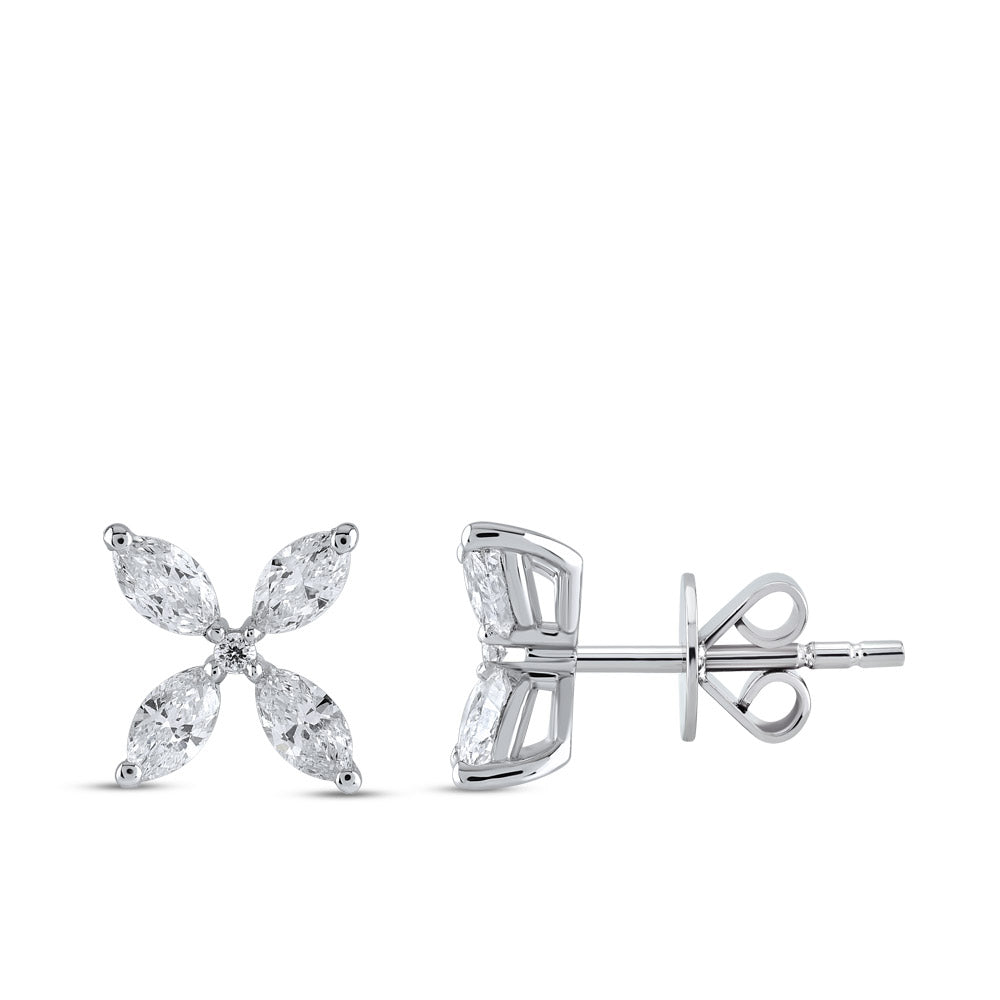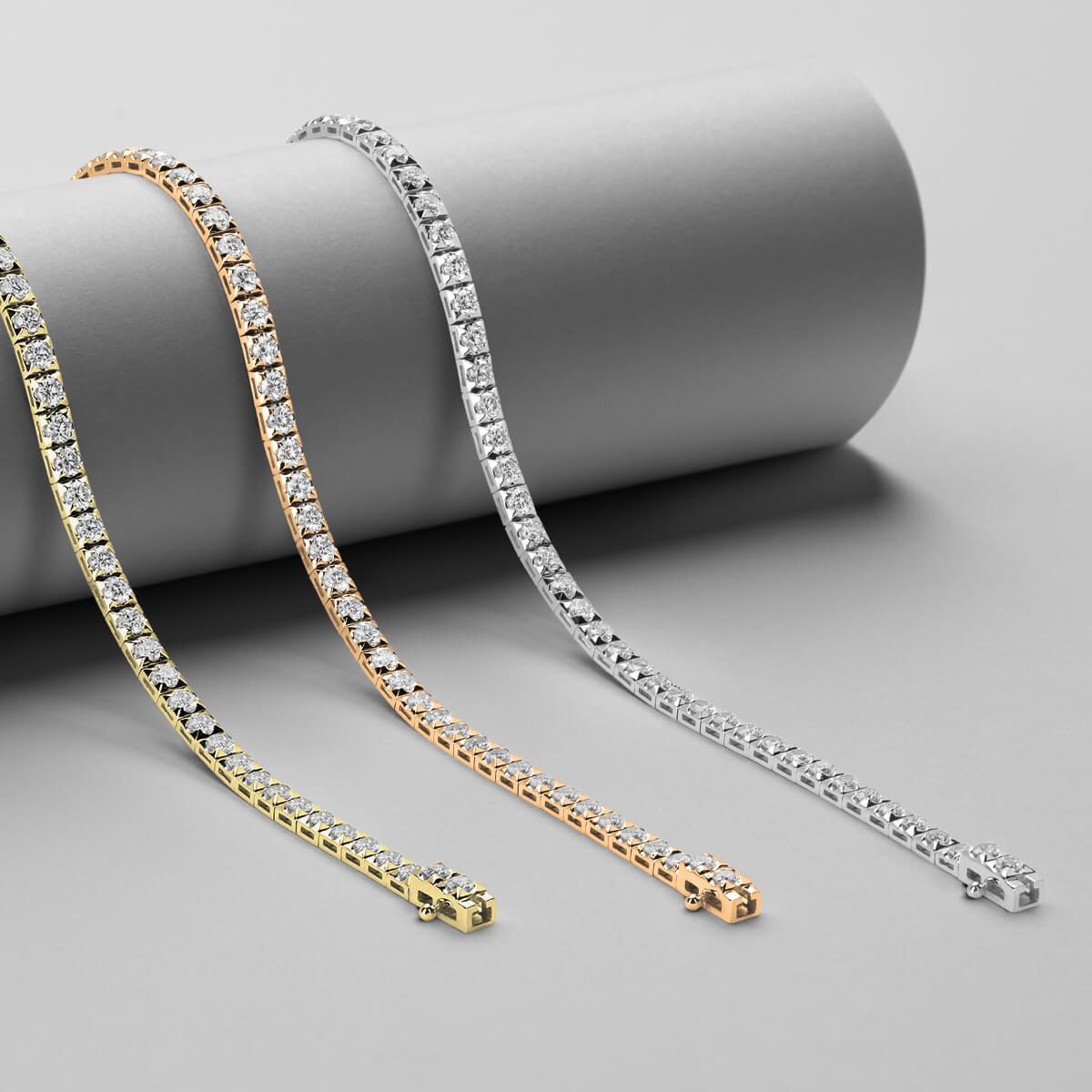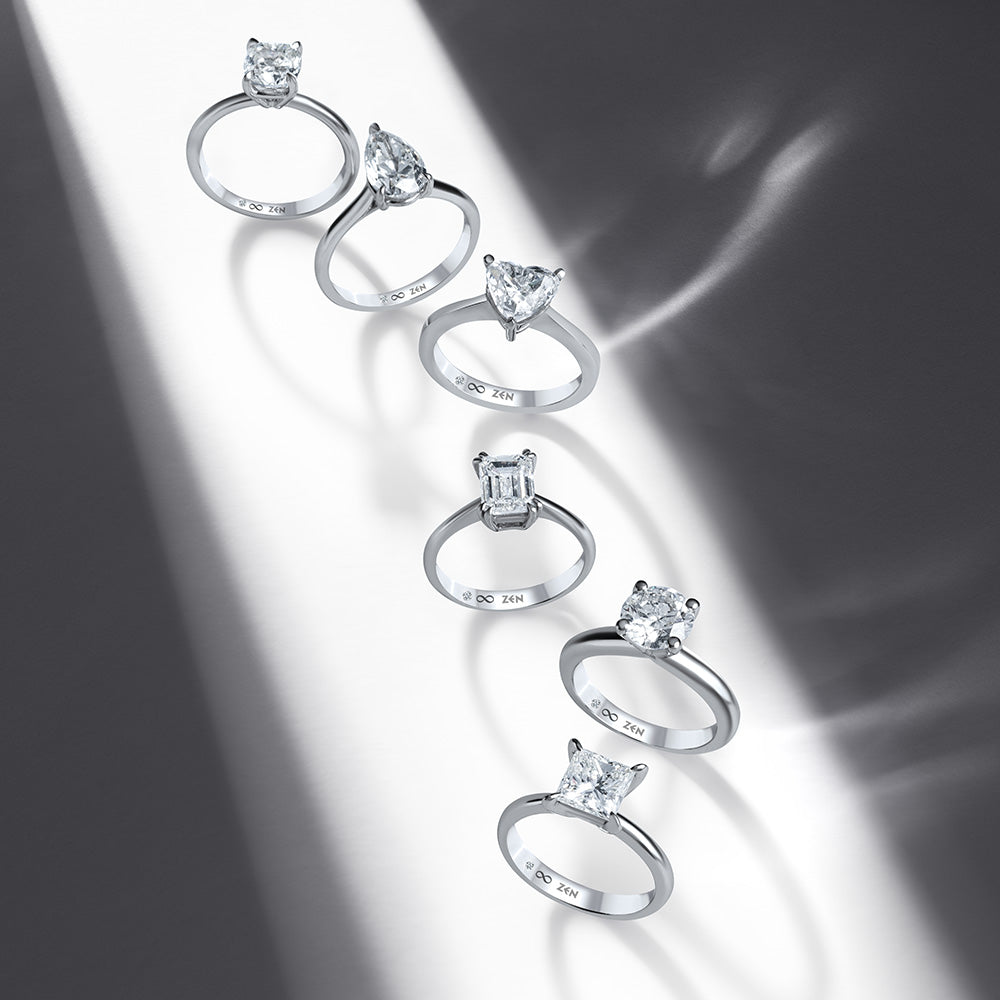The 4Cs of Diamonds: A Beginner’s Guide
As you begin shopping for a diamond, whether for an engagement ring or a milestone piece, you will very quickly find yourself hearing about the 4 Cs of diamonds. These four qualities—Cut, Color, Clarity, and Carat—are the industry measurements employed throughout the jewelry industry for grading and evaluating any diamond's quality and value.
Learning about the 4Cs of diamonds is most significant to an educated purchase, keeping in mind that each "C" impacts others. We've studied the four C's diamond model for making the complicated world to operate like a professional easier for you.
1. Cut: The King of Sparkle
If you want brilliance, the cut of the diamond is most crucial. People are generally confused and believe that the cut is like the shape (e.g., "round" or "princess"), but actually, the cut is a term used to describe the brilliance, fire, and scintillation of the diamond—how well the facets inside the stone reflect light.
The cut grade of a diamond is determined by three elements: proportion, symmetry, and polish. An excellent cut will allow light to enter the diamond, bounce back and forth in the surfaces, and return to your eye. A bad cut results in light "leaking" out of the bottom or sides, making the stone look dead, no matter what its size or color.
-
Understanding the Grade: Look at a diamond cut chart. Grades typically range from Excellent (or Ideal) down to Poor. Always prioritize a cut that is Very Good or Excellent/Ideal for maximum light performance.
-
The Different Cuts: While cut refers to quality, there are different facet arrangements, sometimes confused with quality grades, like the brilliant cut (for maximum sparkle) or the step cut (for showcasing clarity, like the Baguette or Emerald shapes).
2. Color: The Absence of Tint
When jewelers refer to the color of a diamond, they are referring to the absence of color. Color scale gradates the yellowness of a diamond from D (completely colorless) to Z (light color).
The Diamond Color Chart: Alphabetical scale, so easy to use.
-
D-F (Colorless): The highest rating; the stones seem icy white.
-
G-J (Near Colorless): These appear colorless when mounted but may appear faintly yellow face-down. They are the best value for a near-colorless look.
-
K-M (Faint Color): A There is a clear yellow color.
So how do you select? For an engagement ring, G to I grades provide the most value and look similarity, particularly if you plate them with white gold or platinum because this is color-improving in character. If you opt for yellow gold, then you can typically drop a grade or two (J or K) and not even see it because the gold color masks the light yellow tint in the stone.
3. Clarity: Natural Fingerprints
Diamond clarity is the occurrence of inclusions (internal blemishes) and blemishes (external blemishes). They are really the diamond's natural "fingerprints." Because diamonds are created under high pressure and heat deep beneath the earth, nearly all of them contain flaws.
The Diamond Clarity Scale: The diamond clarity grading chart runs from Flawless (FL) to Included (I3).
-
FL (Flawless): No inclusions or blemishes visible under magnification (extremely rare).
-
IF (Internally Flawless): No inclusions visible under 10× magnification.
-
VVS1 / VVS2 (Very, Very Slightly Included): Inclusions are extremely difficult to see under 10× magnification.
-
VS1 / VS2 (Very Slightly Included): Minor inclusions that are difficult to see under 10× magnification.
-
SI1 / SI2 (Slightly Included): Inclusions are noticeable under 10× magnification (and sometimes visible to the naked eye, particularly in SI2).
-
I1-I3 (Included): Inclusions are obvious under 10× magnification and usually visible to the naked eye.
Most buyers will look at a diamond color clarity chart and aim for VS2 or SI1. These provide "eye-clean" gems—i.e., the imperfections aren't visible without a jeweler's loupe—consisting of the best value without detracting from the beauty of the stone.
4. Carat: Weight, Not Size
Carat is most likely the most common C, but most times it's not really well understood. Carat weight is the metric carat weight of the diamond, and one metric carat is equal to 200 milligrams. Carat weight is not necessarily size.
Size Illusion: Both diamonds with an equivalent carat weight may be of varying sizes based on their cut and shape (for example, an Oval diamond will appear larger than a Round Brilliant equivalent in carat weight due to its length).
Weight and Price: Diamond price jumps considerably at major weight thresholds (e.g., 0.50, 1.00, 1.50 carats). Sizable funds can be saved by purchasing a diamond somewhat below these thresholds (i.e., 0.90 ct. rather than 1.00 ct.) with no noticeable difference in appearance.
Putting the 4Cs Together
The secret to purchasing a gorgeous diamond is how to balance the 4 C's of the diamond. For instance, as the cut is most crucial for brilliance, you could opt for a higher cut (C1) and settle for color (C2) or clarity (C3) a bit in order to make the diamond economical.
Zen Diamond guarantees the quality and genuineness of each stone in their inventory. With its emphasis on improved cuts, regardless of the various diamond cuts you select, Zen guarantees that your diamond will always provide more brilliance and fire.
